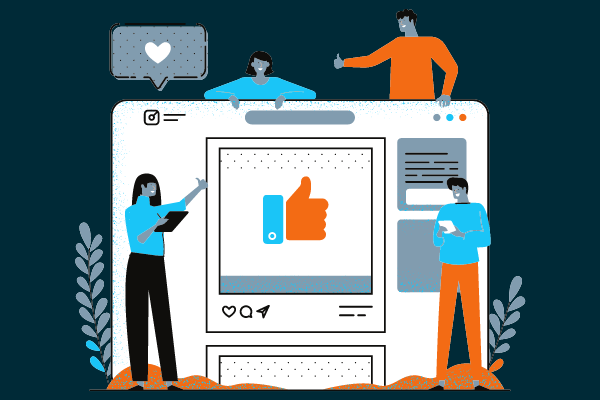Insights
INSIGHTS
All Topics
Tips for creating audience-focussed content
08 Apr 2021by Denise Atkins
We look at the steps charities can take to ensure content is audience-focused
Somewhere in the region of 5.8 million new blog posts are created every day, and more than 500 hours of video gets added to YouTube every minute. For your content to reach its target audience on a crowded web, it’s essential that it focusses around user needs.
From a charity perspective, we’re usually looking to create content that will ultimately inspire people to take action of some kind. That could be to volunteer, fundraise, donate, join in with a campaign, or for a service user to ask for the help that they need.
While it’s useful to keep these goals in mind when creating content, they are very much about what we want, not what our audience wants. So we need to spin that around and give some thought to what the audience wants and needs.
Creating user personas
It’s often helpful to create user personas for your different audiences. A user persona is a semi-fictional character based on your ideal ‘customer’.
You may have some demographic criteria for your target audience, but it’s better to segment people by what they need, not who they are.
Define each persona in terms of a few basic questions:
- Who are they?
- What’s their main goal?
- What’s their main barrier to achieving this goal?
To create these different personas, you can use hard data such as survey responses, donor records, and online insights.
For softer, more anecdotal insights, you might hold a personas workshop with people from across the charity. Use their experience to understand the types of people they meet, and the motivations that each group shares.
You can also bring in a handful of carefully selected external stakeholders for focus groups or interviews, to explore their motivations, needs, and the decision processes that brought them to your (virtual) door.
Mining for audience-focused content ideas
Once you understand who your target audiences are and the tasks they want to carry out, you plan the content they’re looking for as part of their research and decision-making process.
There is a wealth of useful tools online to help you get into the mindset of your audience. If you type a keyword into Google it will suggest some commonly asked questions on the topic, but a tool like AnswerThePublic takes this idea much further.
You can explore a vast database to reveal the long-tail keyword searches people are actively Googling and even receive ‘Search Listening Alerts’ to detect emerging trends.
Other keyword research tools can be useful, such as Moz, Google Search Console, or Keywords Everywhere. And social listening insights from the likes of Sprout can help to mine the endless stream of social media chatter.
You can use these insights as a jumping-off point when planning content, to create blogs or landing pages that address common questions, demonstrate your expertise, and build trust.
Content as a service
For content that is also delivering a service, you’re going to want to ensure it’s accessible and intuitive. This is particularly true if you work with hard-to-reach audiences such as those who don’t speak English as their first language. Write your content in Plain English and offer translations to other languages if appropriate.
Beyond words
Consider the format of your content too. Most often we think of content as words on a page, or perhaps infographics or a video. But we want to remove as many barriers to engagement as we can, so think about the best possible format to deliver the information.
Alternative types of content such as calculators, maps, quizzes, or other ‘widgets’ can often be a more intuitive way to guide the user through a process and answer their questions.
For instance, Marie Curie have a lovely tool to help fundraisers find a running event, which is far more user-friendly than a simple list of dates and venues.
Another example is the quiz-style Eligibility Checker on the Clergy Support Trust website, which allows beneficiaries to explore whether they are eligible for a grant before they apply. This is more intuitive than a page of written eligibility criteria could ever be.
Put yourself in your audience’s shoes and think beyond mere words to create truly engaging content that meets their goals as well as yours.
Denise Atkins
More on this topic
Recommended Products
15 Jan 2025by Laura Stanley
How to revisit your charity’s story in 2025Sponsored Article
14 Jan 2025by Christine Chiu
A simple guide to social banners and imagesSponsored Article
Our Events
Charity Digital Academy
Our courses aim, in just three hours, to enhance soft skills and hard skills, boost your knowledge of finance and artificial intelligence, and supercharge your digital capabilities. Check out some of the incredible options by clicking here.


















